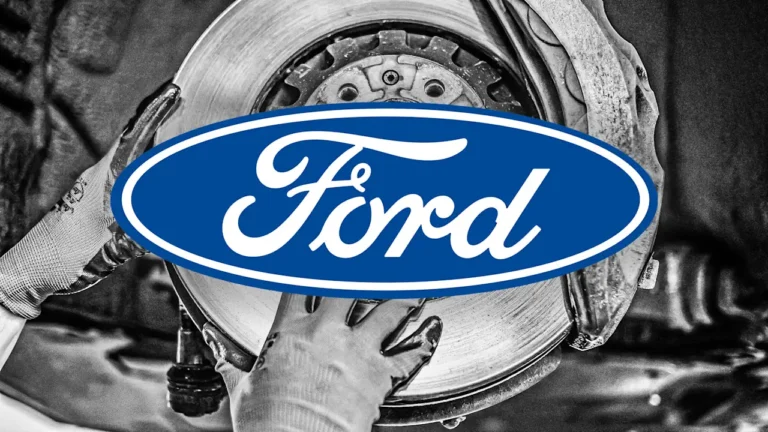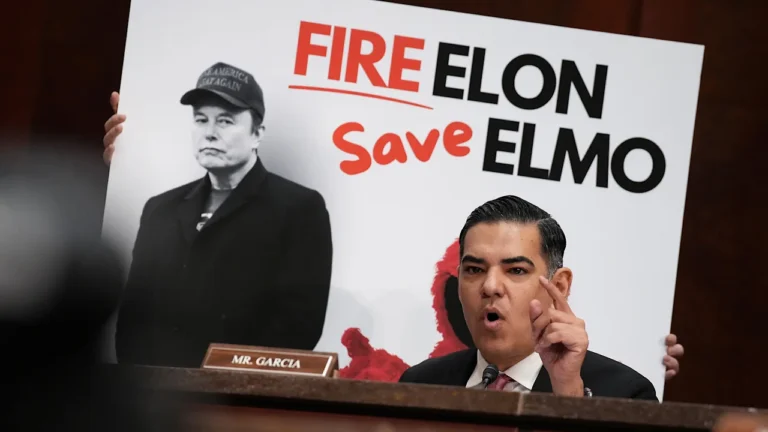
In 2024, the U.S. added nearly 12,500 new DC fast EV chargers to the national public network. Fast chargers can get an EV to an 80% charge in less than an hour, an appealing option to drivers with range anxiety, or those who can’t install EV chargers at their homes.
It was a landmark accomplishment bolstered by Biden Administration initiatives, including the National Electric Vehicle Infrastructure (NEVI) program, part of the Bipartisan Infrastructure Bill. But in 2025, the country is on pace to install even more fast-charging ports—despite Trump’s attacks on EVs and their infrastructure.
The deployment of fast EV chargers is “on a record pace in 2025,” according to a new report from EV charging analytics company Paren. Their latest analysis forecasts that 16,700 fast-charging ports will open across the country this year—up more than 25% from last year, and 2.5 times as many ports as opened in 2022.
In the second quarter of 2025 alone, the country added more than 4,000 fast ports to its EV charging network, a more than 23% increase from the first quarter. One EV charging station can have multiple ports, so while new station openings were also up, it was by a smaller amount: the U.S. opened 784 new EV charging stations in the second quarter of 2025, up from 738. New EV charging stations are typically opening with 8, 10, 12, or more charging ports.
The number of new EV chargers seem surprising given how Trump has taken aim at EV programs since he took office earlier this year. On his first day in office he wrote in an executive order that he was ending the “EV mandate,” and since he has killed the EV tax credit as well as paused NEVI funding, cutting off millions of dollars for EV chargers. At the end of June, months after Trump’s NEVI pause in February, court rulings lifted that freeze—but some EV charger startups had already been hurt by the move.
According to Paren, though, NEVI funding would have accounted for just 2% to 3% of the new DC fast-charger ports in 2025. (NEVI funding also goes to Level 2 EV chargers, which get an EV to 80% in about 4 to 10 hours, and which in 2024 made up the majority of newly installed EV charging infrastructure.)
When it comes to fast chargers, private companies have stepped in to fund the space. Paren calls these “Charging 2.0” companies, and points to Ionna, Mercedes-Benz High Power Charging, BP Pulse, and Walmart as examples as businesses that have increased their fast-charger deployments. Those companies have brought EV charging to places like Starbucks and Waffle House, modifying the idea of what it looks like to refuel your vehicle.
Tesla has long been one of the dominant fast-charger companies, but when its Supercharger team saw layoffs last April, that slowed down its pace. Since the fall, it’s been back on track for deployments, but Paren notes that its overall share of the fast-charging space has declined. Between 2013 and 2017, Tesla accounted for 85% to 98% of new DC fast-charger ports that opened, but in Q2 of 2025, Tesla accounted for just 40% of new fast-charging ports. Paren estimates Tesla will open just 6,000 ports in 2025, bringing its share further down to 36%.
If the amount of fast EV charging ports stays on the record pace for all of 2025, then the U.S. could have more than 100,000 fast-charging ports by 2027. That’ll be necessary to support growing EV sales. Even as Trump tries to curtail the industry, and as Tesla loses marketshare, EV sales—both new and used—are up so far this year.


